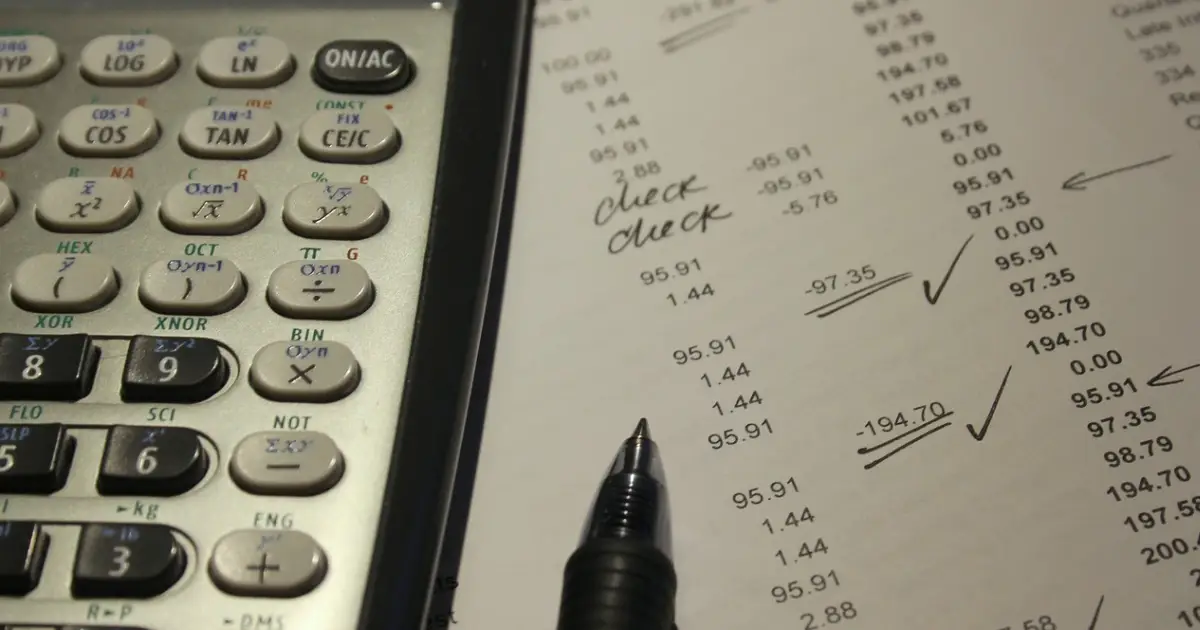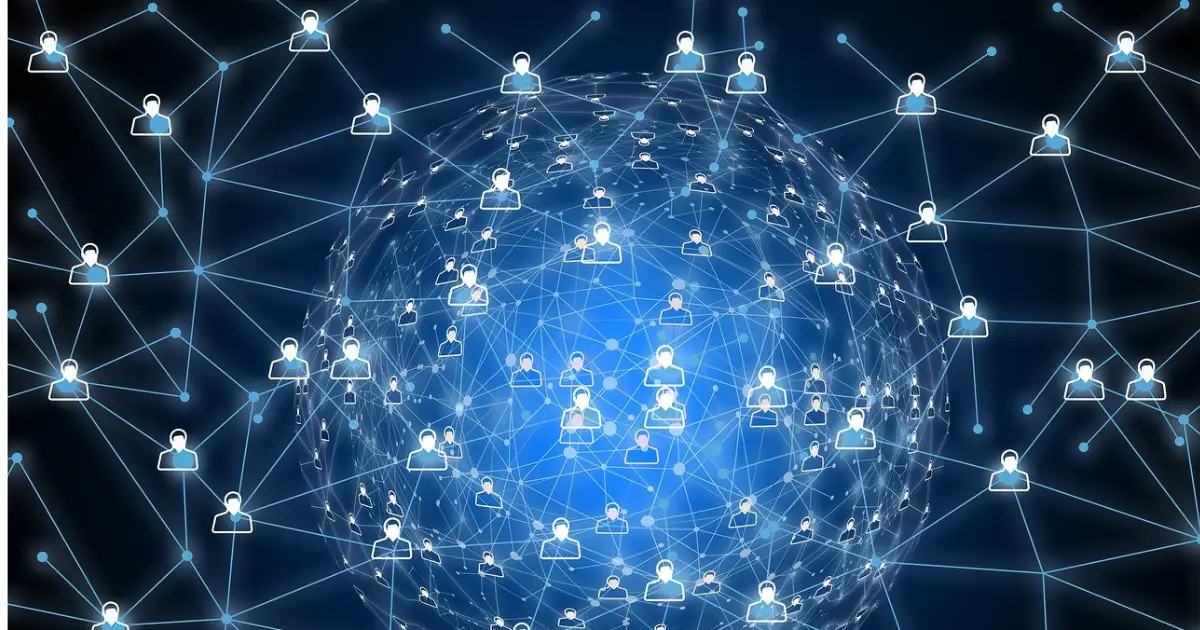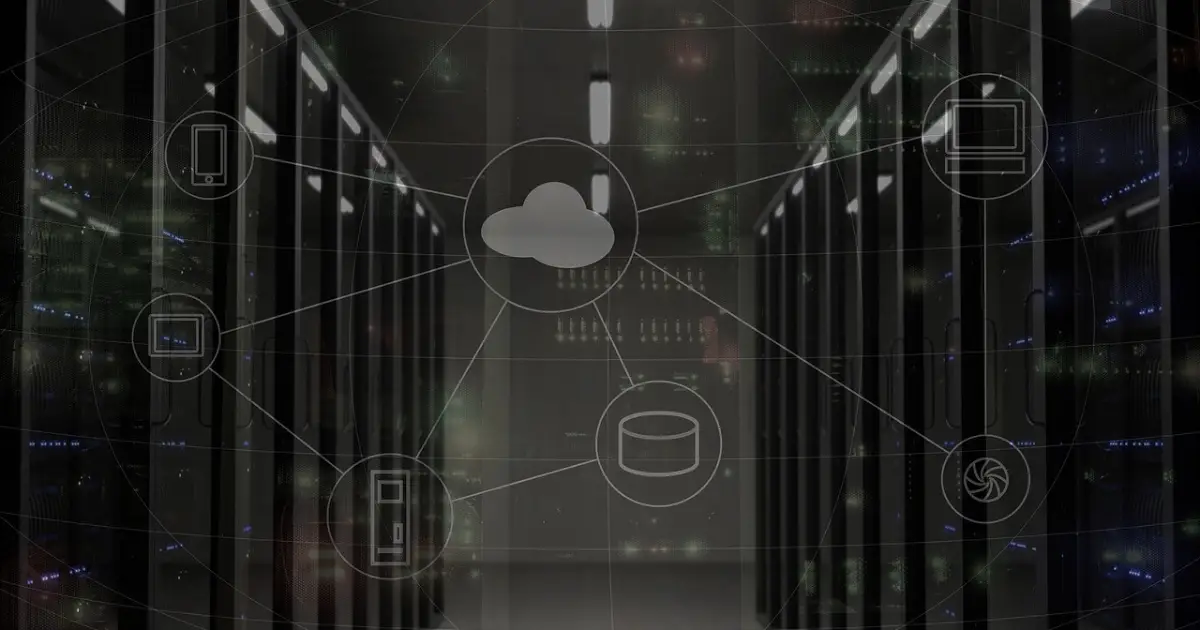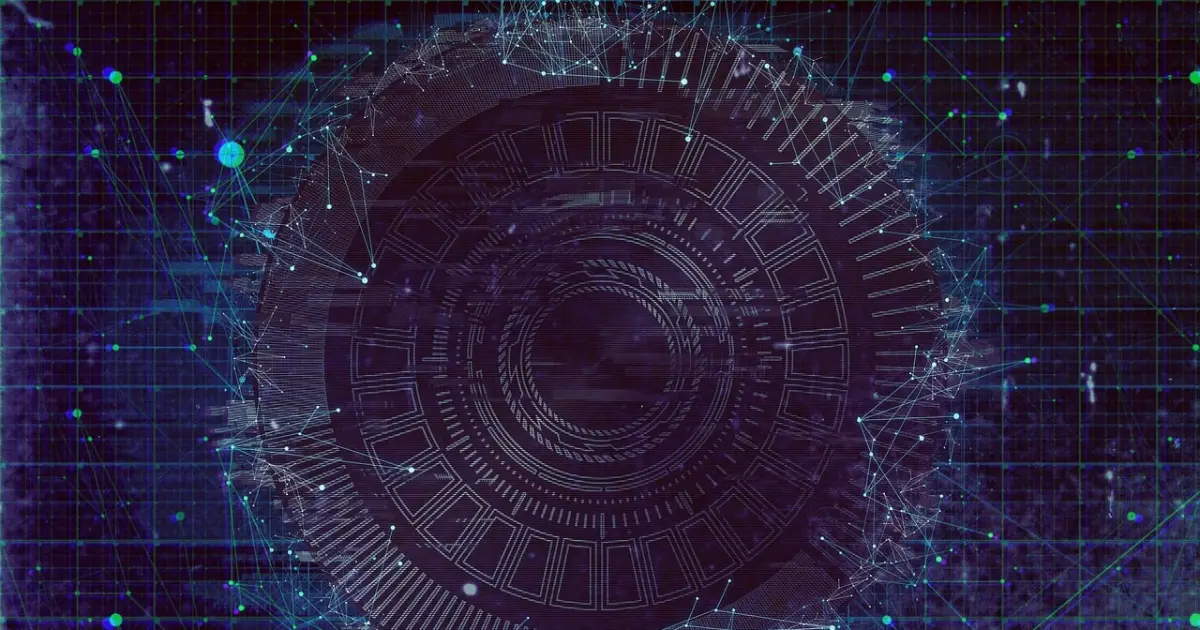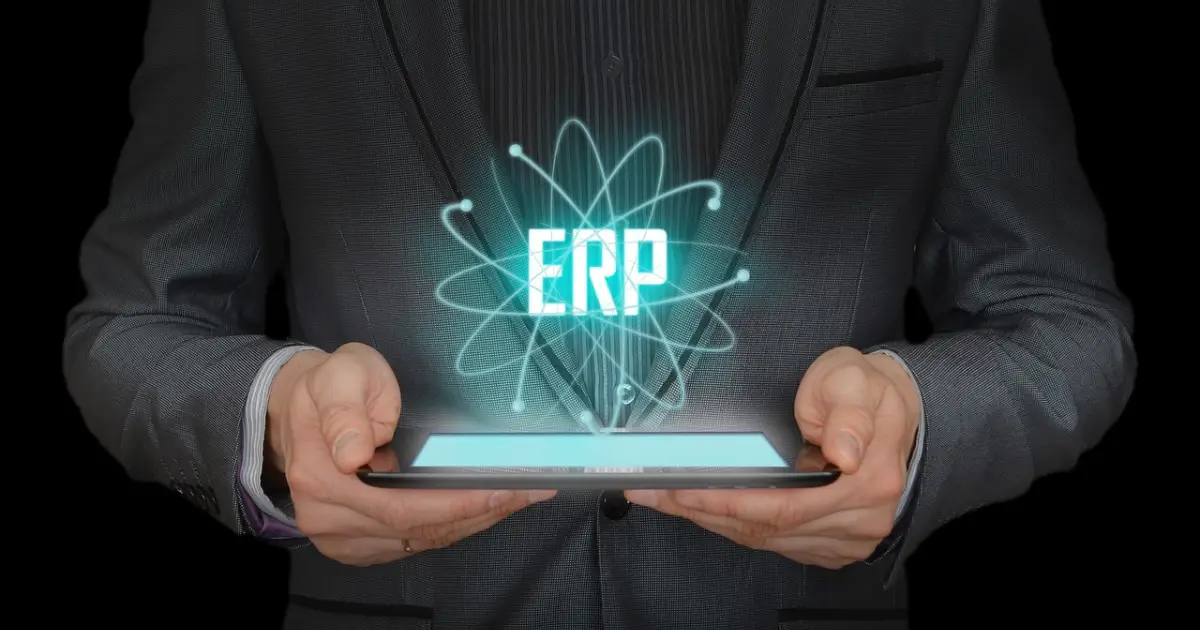focus notes


Solve corporate issues with IoT solutions! Also explains usage examples in manufacturing industry, logistics, etc.
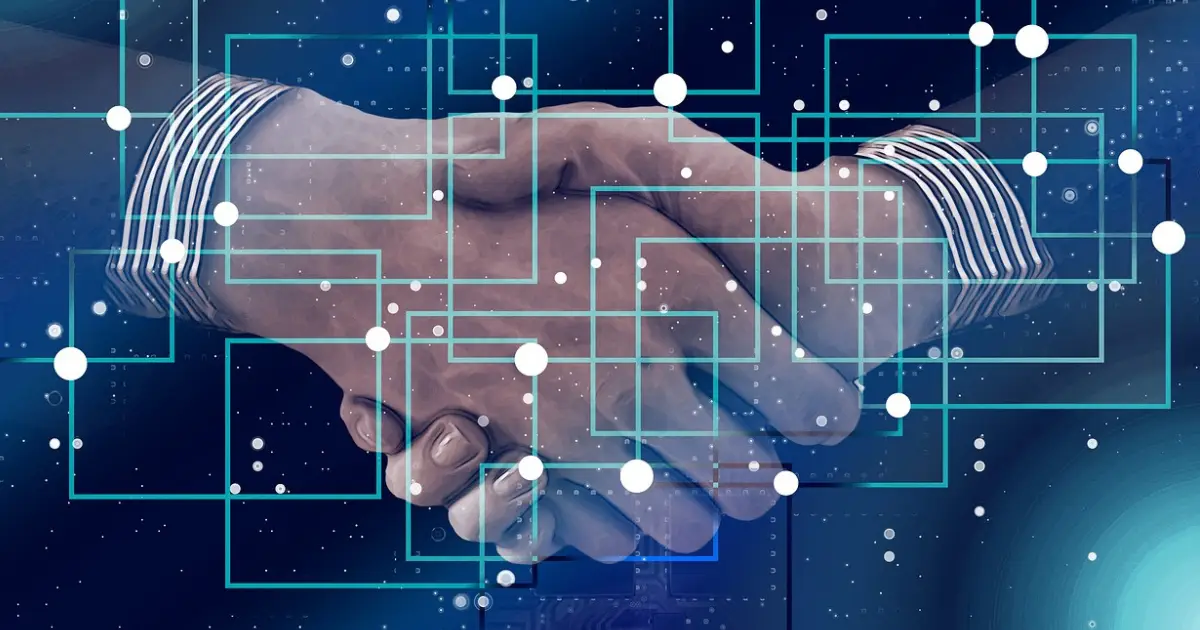
table of contents
"I've heard of IoT solutions, but I don't know what they are."
"I want to know the benefits of IoT solutions."
Some people who are considering introducing IoT solutions may have the above concerns.IoT solutions are services that use IoT, which connects things to the Internet, to solve business problems.IoT is being used in everyday things such as smart home appliances and self-driving assist in cars. It is also a technology that is increasingly being used in business in a variety of fields, including factories, medical care, and logistics.
IoT solutions make it easy to introduce and utilize IoT. IoT systems are packaged, so they can be introduced at low cost. They also reduce the burden of operation, making them easy to use.
This article explains the features, benefits, and use cases of IoT solutions. If you are having trouble implementing IoT solutions, please refer to it.
What are IoT solutions? A must-see for companies with issues!
We will explain what IoT solutions are in the following two sections.
- What are IoT solutions?
- How IoT works
What are IoT solutions?
IoT solutions are services that utilize IoT to solve business problems.It connects things to the Internet and is used to solve a variety of corporate problems.
Traditionally, services that use digital technology to solve business problems have been called "IT solutions." IT solutions use hardware and software and are based on the premise of being used on a computer.
IoT solutions connect things that were not previously connected to the Internet to the Internet. This makes it possible to automate machines and collect data, which was previously difficult. Introducing IoT solutions can improve business efficiency and visualize information, as described below.
IoT is being introduced in a variety of fields because it can be used to solve business problems. We will explain some examples in the latter half of the article, so please take a look.
How IoT works
IoT is a system in which sensors and communication devices are attached to devices, and various data obtained by the sensors is sent and received via the Internet.There are five main components of IoT:
- Things (devices/sensors)
- network
- gateway
- Cloud Server
- application
Things are connected to the Internet via communication devices, and data is collected using sensors. Sensors attached to IoT devices mainly collect the following types of data:
- sound
- light
- temperature
- pressure
- temperature
- Movement of people and things
The data acquired by the sensors is stored in the cloud or on a server connected to the Internet. The stored data is then processed by a dedicated application, and the IoT device operates according to instructions.
People are not the only ones who can give instructions to IoT devices. Being connected to the Internet allows things to communicate with each other.
For example, air conditioners that incorporate IoT are equipped with a function that automatically changes the temperature setting according to the surrounding temperature. Another feature of IoT is that machines operate automatically based on data, rather than just being instructed by humans.
Data visualization and other benefits of IoT solutions
There are four main benefits to IoT solutions:
- You can streamline your work
- Each piece of information can be visualized
- Low cost compared to in-house development
- Reduces operational burden
You can streamline your work
Using IoT solutions can help you streamline your operations.By using IoT to automate operations and reduce the number of people required, we can expect to improve work efficiency.
By connecting things to the Internet, IoT enables the following:
- Remote control
- Remote monitoring
- Communication between things
For example, in a factory, you can remotely operate the equipment and monitor its operation status. Operations and status checks on equipment that were previously performed directly by the person in charge at the factory can now be done outside the factory.
In addition, because things can communicate with each other, if there is an abnormality, an error report can be automatically sent to the device held by the manager. When combined with remote operation, problems can be dealt with quickly and efficiently without having to go to the factory in person.
Retail stores can also use IoT to create order forms and reservation slips on dedicated devices. Customers can directly input the necessary information on the dedicated device, reducing the time and effort required to create slips. Furthermore, ordering can be done based on the entered data, making for smoother and more efficient ordering.
Each piece of information can be visualized
Another benefit of IoT solutions is that they make each piece of information visible.Sensors allow us to collect information in real time that was previously unknown.
Let's think about inventory management in a warehouse. If inventory is counted and managed by a person, not only is it time-consuming to count, but there is also a risk of mistakes such as miscounting. This can cause disruptions to production management and lead to excess inventory.
By implementing IoT solutions, you can use sensors to accurately obtain the amount of inventory in the warehouse. By knowing the amount of inventory in real time, you can make appropriate production plans. This will eliminate unnecessary inventory and also lead to reduced costs associated with inventory management.
IoT solutions can also collect data on people's movements. It is also possible to visualize the actual work procedures performed by staff working in the warehouse. By analyzing the collected data, it is possible to identify inefficient work content and procedures. The visualized information can be used to improve problems.
Low cost compared to in-house development
One of the benefits of IoT solutions is that they can be used at lower cost than in-house development.Since you can use services that are already packaged, you can significantly reduce the costs that would be incurred when developing from scratch.
For example, IoT solutions are available at the following prices:
| plan | Monthly fee | Terms of Use |
|---|---|---|
Plan A | 10,000 yen | Up to 50 device connections. Up to 1GB free per calendar month |
Plan B | 100,000 yen | Up to 500 device connections. Up to 15GB free per calendar month |
Plan C | 500,000 yen | Up to 2,500 device connections. Up to 100GB free of charge per calendar month |
* Separate device costs apply
Since no system development is required, costs can be significantly reduced. In addition, since the cloud and network environments are already in place for IoT solutions, they can be implemented in a short period of time.
Reduces operational burden
Another benefit of IoT solutions is that they reduce the operational burden.With IoT solutions, support and maintenance are provided by the service provider, so there is no need to do it in-house.
To utilize IoT stably, proper operation of the system and regular maintenance of the equipment are necessary. If a problem occurs in the system, the cause must be identified and it must be restored as soon as possible.
However, without specialized knowledge of IoT, proper operation and maintenance will be difficult. Therefore, when developing and operating in-house, it is necessary to secure personnel familiar with IoT and to create a system that can handle problems.
With IoT solutions, the service provider will manage the network, cloud, etc. If any problems arise, they can be outsourced to you, reducing the burden on your company.
Another benefit of IoT solutions is that you can receive support for using the solution. With IoT solutions, you can not only receive support during installation, but also get advice on how to use the solution. In this way, using IoT solutions can reduce various burdens during operation.
Examples of IoT solution usage in manufacturing, logistics, and more!
We will explain examples of how IoT solutions are used.
- IoT-based data collection service
- Automatic meter reading service
- Operation monitoring services for manufacturing plants, etc.
- Remote control and monitoring services for home appliances
- Inventory Management Service
- Predictive Maintenance Services
IoT-based data collection service
There are data collection services that use IoT.
In recent years, with the advancement of IoT and communication technology, the types and amounts of data that can be acquired and held have increased dramatically, and the number of cases where data is acquired in real time is also increasing.
Specifically, there are cases where companies expand their business by continuously acquiring and holding data necessary to provide services that provide valuable data or their own products and added-on services, cases where companies aim to increase the added value of existing products by building systems to receive data from specific companies, and cases where companies build systems to automatically acquire necessary data from various devices and mobility to provide added-on services.
Source: Ministry of Economy, Trade and Industry | Key Points for Data Utilization | Page 74 (as of February 28, 2024)
By acquiring and retaining valuable data, companies can improve their products and services and develop new services, providing customized experiences that meet customer needs and increasing the efficiency of their products and services.
And best of all, data acquisition using IoT allows for the collection of information in real time, enabling decision-making in situations where immediacy is required and rapid response to market changes.
Automatic meter reading service
There are also cases where automated meter reading services have been introduced.Below is an overview of a case where IoT was introduced into the water supply business.
The most common example in the water utility industry is smart meters, and there has been a demonstration experiment in Sapporo, Hokkaido. Smart meters are devices that digitally measure water usage, and are expected to have the effect of reducing the burden on meter readers. A smart meter system has also been developed that jointly reads not only water usage, but also electricity and gas usage. In Kosai City, Shizuoka Prefecture, this will be implemented from fiscal year 2021 as part of the Ministry of Health, Labor and Welfare's IoT Utilization Promotion Model Project.
Source: Hokkaido Prefectural Government | [P72-P79] Implementation Result Report | Page 76 (as of January 24, 2024)
The above is a case study conducted in Hokkaido. It uses a water meter that utilizes IoT solutions (commonly known as a smart meter). By introducing the smart meter, meter reading has been digitized.
Traditionally, water meters were checked directly by meter readers at each home. With the introduction of smart meters, there is no need to go directly to check the meters. This reduces the time and effort required for meter reading.
In addition, a joint meter reading system is being developed for electricity and gas, which also require meter reading like water. If joint meter reading becomes a reality, it will reduce the burden of meter reading for each company and enable more efficient meter reading.
However, introducing and operating smart meters is costly. Furthermore, because they use wireless communication, it is necessary to verify their reliability to ensure that they can be used safely. Although there are still issues to be overcome, introducing them is likely to greatly reduce the burden on customers and improve the efficiency of their work.
Operation monitoring services for manufacturing plants, etc.
There are cases where IoT has been introduced in manufacturing plants, etc.
<③ Data analysis and learning>
Manufacturing line quality control program [Claim 1]
A production line quality control program that causes a computer to realize the following functions: receiving inspection result data representing the results of inspecting a product after a specified manufacturing process for each specified inspection item from an inspection device via a network, and storing the data in a database; receiving manufacturing condition data for when the product was manufactured from the manufacturing device via a network, and storing the data in the database in association with the inspection result data; having a neural network learn, through deep learning, the relationship between the inspection results of the inspection result data stored in the database and the manufacturing conditions among the manufacturing condition data that caused the non-conformity; monitoring the inspection result data stored in the database; and, when a non-conforming inspection result is discovered through the monitoring, using the trained neural network to estimate the manufacturing conditions that caused the non-conformity.
Source: Japan Patent Office | Regarding enhancement of case studies related to IoT-related technologies, etc. | Page 32 (as of February 28, 2024)
By combining data collection, learning, and analysis functions, it is possible to quickly find quality problems in the manufacturing industry. With this system, it may be possible to improve the manufacturing process and increase quality. This could bring about a dramatic change in quality control in the manufacturing industry.
Remote control and monitoring services for home appliances
There are also cases involving remote control and monitoring services for home appliances.The materials compiled by the Ministry of Economy, Trade and Industry introduce the following examples of gas usage and remote control and monitoring of gas equipment.
In some cases, the introduction of a centralized monitoring system has enabled operators to grasp information about gas usage and gas appliance errors, and to take prompt action such as inspection and repair.
Source: Ministry of Economy, Trade and Industry | Future Development of Product Safety Policy - Making Product Safety Smarter Through IoT - | Page 5 (as of January 24, 2024)
In this example, gas usage and gas appliances in consumers' homes are monitored 24 hours a day from a central monitoring center. Gas usage is monitored by a microcomputer meter installed in the home.
Microcomputer meters have a built-in computer. If an abnormality in gas usage is detected or an earthquake occurs, the computer will issue a warning and automatically shut off the gas. The data acquired by the microcomputer meter is sent to a central monitoring center, which then contacts the consumer for confirmation.
In addition, if a consumer realizes that they have forgotten to turn off the gas, they can contact the central monitoring center and have the gas shut off remotely. The ability to control and monitor remotely allows for a quick response to any abnormalities or problems.
Inventory Management Service
There are also examples (strictly speaking, demonstration experiments) of services that use IoT for inventory management.
1.Purchasing support using purchasing data
2.Inventory management by acquiring consumption and waste data
3.Cooking support using data
4.Purchase promotion using gamification
5. Demand-based supply and demand forecasting using consumption and waste data
Source: Ministry of Economy, Trade and Industry | FY2021 Infrastructure Construction Project for Improving Distribution and Logistics Efficiency and Creating Added Value: Demonstration Experimental Overview of Case Studies of Food Loss Reduction Using IoT Technology | Page 7 (as of February 28, 2024)
For example, accurate understanding of consumption patterns can help reduce unnecessary inventory and lower inventory holding costs. Also, analysis of product disposal patterns can help reduce the amount of wasted products and lower environmental impact. Optimizing inventory management processes can also improve overall operational efficiency.
Predictive Maintenance Services
There are also cases where IoT is being used for predictive maintenance services.
○To control a plant, it is important to keep the control valves in good condition. Conventionally, it was necessary to conduct periodic inspections (TBM: Time-Based Maintenance) because it was not possible to accurately determine when the control valves should be repaired.
○By introducing smart valves (※1), we have achieved condition monitoring (CBM: Condition Based Maintenance) and succeeded in optimizing the timing and frequency of inspections.
By introducing HART communication (※2), it has become possible to quickly introduce smart valves even in existing plants with old data lines. Currently, it has been introduced in about 80 plants both in Japan and overseas.
*1: A next-generation valve equipped with various sensors to sense and analyze operating conditions from all angles.
*2: A communications protocol that enables multiple data measurements by smart valves to be sent simultaneously over existing analog lines.
Source: Ministry of Economy, Trade and Industry | Basic Concepts of Smartization and Utilization of IoT, Big Data, etc. | Page 12 (as of February 28, 2024)
With conventional methods, it was difficult to accurately determine the timing of repairs and inspections of control valves. By introducing smart valves, it became possible to monitor the valve status in real time and realize maintenance based on the status, improving the efficiency of maintenance.
The introduction of HART communication has also made it easier to install smart valves in older plants, allowing advanced monitoring and control systems to be introduced without making major changes to the existing infrastructure.
summary
IoT solutions are being introduced in a variety of fields. IoT is a technology that enables remote operation and monitoring by connecting things to the Internet.IoT solutions that utilize IoT technology can be used to solve business issues such as improving work efficiency and visualizing information.
If you develop an IoT system in-house, you will incur huge development costs and will have to operate it yourself after implementation. IoT solutions reduce costs and can be implemented in a short period of time. Maintenance and troubleshooting can also be left to the service provider, reducing the burden of operation.
When introducing an IoT solution, it is important to consider what problems you want to solve with IoT. By specifically considering the problems you want to solve and how you will use it, you can introduce the optimal IoT solution.
If you are considering introducing an IoT solution that can be used to solve your company's problems, please feel free to contact us.
Achievements left behind
48 years since its establishment.
We have a proven track record because we have focused on what is important.
It has a long track record in both the public and private sectors.
Number of projects per year
500 PJ
Annual number of business partners/customers
200 companies
Maximum number of trading years
47 years
Total number of qualified persons
1,870 people


